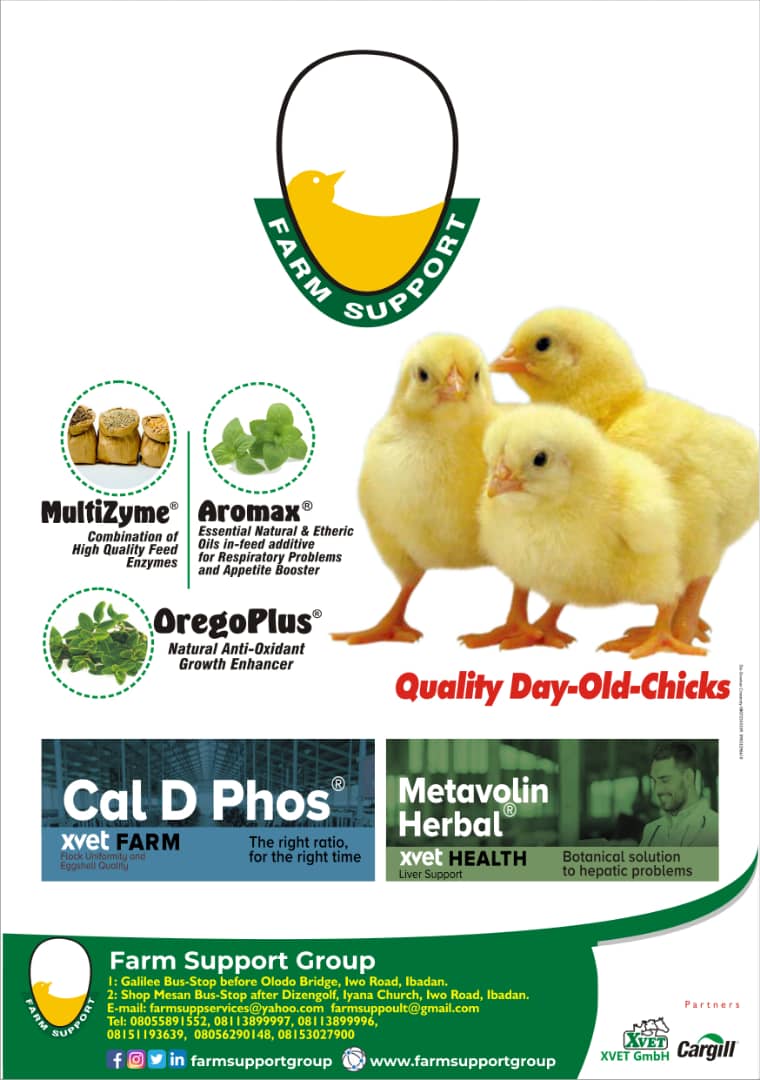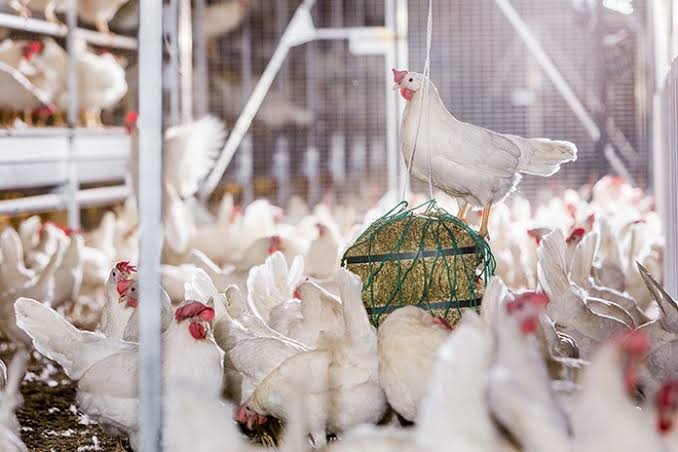How to Minimize Antibiotic use in Broiler Production
Many countries are being asked to reduce or eliminate antibiotic use in poultry, due to growing concerns about the use of antibiotics in food-producing animals contributing to antibiotic resistance and the increase in niche production systems such as organic.
The primary goal of a minimal antibiotic use poultry production program is to produce good quality chicks and decrease the microbial challenges to the flock thereby reducing, or even moving the need for antibiotic use.
 Learn More
Learn More
Farm preparation and biosecurity
Biosecurity is especially important for flocks grown without antibiotics. Using an “all in/all out” system, ensuring farm personnel and visitors shower in and change into approved clothing, cleaning equipment, and monitoring rodent / wild bird activity, will help control the spread of disease. It is also necessary to have appropriate farm downtime after flock depletion, and good cleaning and disinfection procedures in place.
READ ALSO: DEHYDRATION IN CHICKENS: HOW TO PREVENT THIS COSTLY MISTAKE
After cleaning and disinfection is complete, the floors of the house should be tested for Total Viable Count (TVC), Salmonella and E.coli levels to assess the efficacy of the cleaning and disinfection process. Recommended levels of TVC should be less than 10 colony forming units per centimeter squared (cfu/cm2), and E.coli and Salmonella levels should be undetectable. The water system should be cleaned, sanitized and checked for TVC, E.coli, enterobacteriaceae, mold and yeast levels using swab and water samples. For water, TVC counts should also be less than 10 cfu/ml, and enterobacteriaceae, mold and yeast levels undetectable.
Only litter that has been tested or is certified to have a TVC of less than 10 cfu/g, spread to a depth of 2-5 cm (0.8-2 in), should be used for flocks aiming to be grown with minimal antibiotic use.
Pre-heating the house to achieve an air temperature of 30 °C (86 °F) a litter temperature of 28-30 °C (82-86 °F) and a relative humidity (RH) of 60-70% will aid chick start and ensure good growth and health. Temperature and RH should be monitored routinely to ensure a uniform environment.
Brooding and management
Providing chicks with an optimal environment promotes the early development of feeding and drinking behavior and optimizes gut, organ and skeletal development. Chicks that get off to a good start and achieve 7-day body-weight targets will be robust and healthy and as a result better equipped to deal with any challenges they may face. This is particularly relevant in areas that do not allow coccidiostats in feed where chicks may face a coccidiosis challenge, which can lead to gut imbalances that may require treatment with antibiotic.
Monitoring crop fill is a key management technique for determining if chicks have found feed and water.
As birds age, management and environmental conditions should be such that birds are com fortable and their health and wellbeing are not impacted. Inadequate management (management of feed, stocking density, feeders and drinkers) and/or environment (temperature, humidity, ventilation, lighting) can result in potential intestinal challenges leading to a bacterial imbalance. These challenges can be more difficult to correct without using antibiotics. Correct ventilation is also important for reducing respiratory diseases, thus minimizing the need for antibiotic use to treat sick birds.
Nutrition
A change in feed ingredients can also cause changes in the bacterial balance in the gut. This, in turn, may provide more favorable conditions for harmful bacteria to grow, and outbreaks of disease or infection may occur. Birds should be introduced to new feed ingredients gradually.
Due to the increased possibility of Salmonella contamination and Necrotic Enteritis when animal by-products are included in diets, all-vegetable diets are recommended for flocks grown without antibiotics.
Some feed additives may be beneficial when feeding a flock grown without antibiotics. Additives such as prebiotics, probiotics, organic acids, essential oils and insoluble fiber can provide support for the gastrointestinal tract. These products work either by promoting beneficial bacteria in the gut, having antibacterial properties against gut pathogens, or by helping to stimulate and maintain intestinal tissues.
READ ALSO: How to Check Day-Old Chick Quality
Gastrointestinal tract (GIT) health
Understanding when the gut is at risk of becoming imbalanced and supporting the gut accordingly is critical for broiler production without antibiotics. During the first two weeks of the chick’s life, failure of the GIT to develop properly will impact health and performance for the entire life of the bird. Optimal development depends on hatchery management, correct brooding conditions, access to feed and clean water, and introducing beneficial bacteria into the intestinal tract. As the birds age, there are fluctuations in the gut environment in response to impacting factors such as a feed change, light intensity or duration change and vaccination. These can cause a change in the intestinal balance, leading to bacterial overgrowth or reduced nutrient absorption. When the gut has stopped developing and has reached a balance, there is still the risk of intestinal imbalance due to impacting factors or pathogen challenge, so it is important to maintain the support of the GIT tissues using feed additives such as those mentioned above.
Vaccination
Carefully consider vaccination programs for broilers. While it is important to vaccinate against pathogens that are a high background challenge on the farm, vaccination should only be done if necessary. Unnecessary vaccinations will impact the immune system and bird welfare, which could result in reduced performance and, in some circumstances, make the birds more susceptible to other diseases. If coccidiostats are not permitted for use, then an effective coccidiosis vaccine will be required and should be given as early as possible.
Health of the parent flock
To produce good-quality broiler chicks, the parent source flocks must be of a good health status. Parents should be free from Mycoplasma and Salmonella and be vaccinated against diseases such as Chicken Anemia Virus (CAV), Avian Encephalomyelitis (AE), and Gumboro disease. Parent flock vaccination also provides maternal antibodies that help prevent infection from the broiler farm environment in chicks at an early age.
Conclusions
Following best-practice management with attention to detail and strict biosecurity will aid in the success of broiler flocks raised without antibiotics.















